What is a Kundalini Awakening?
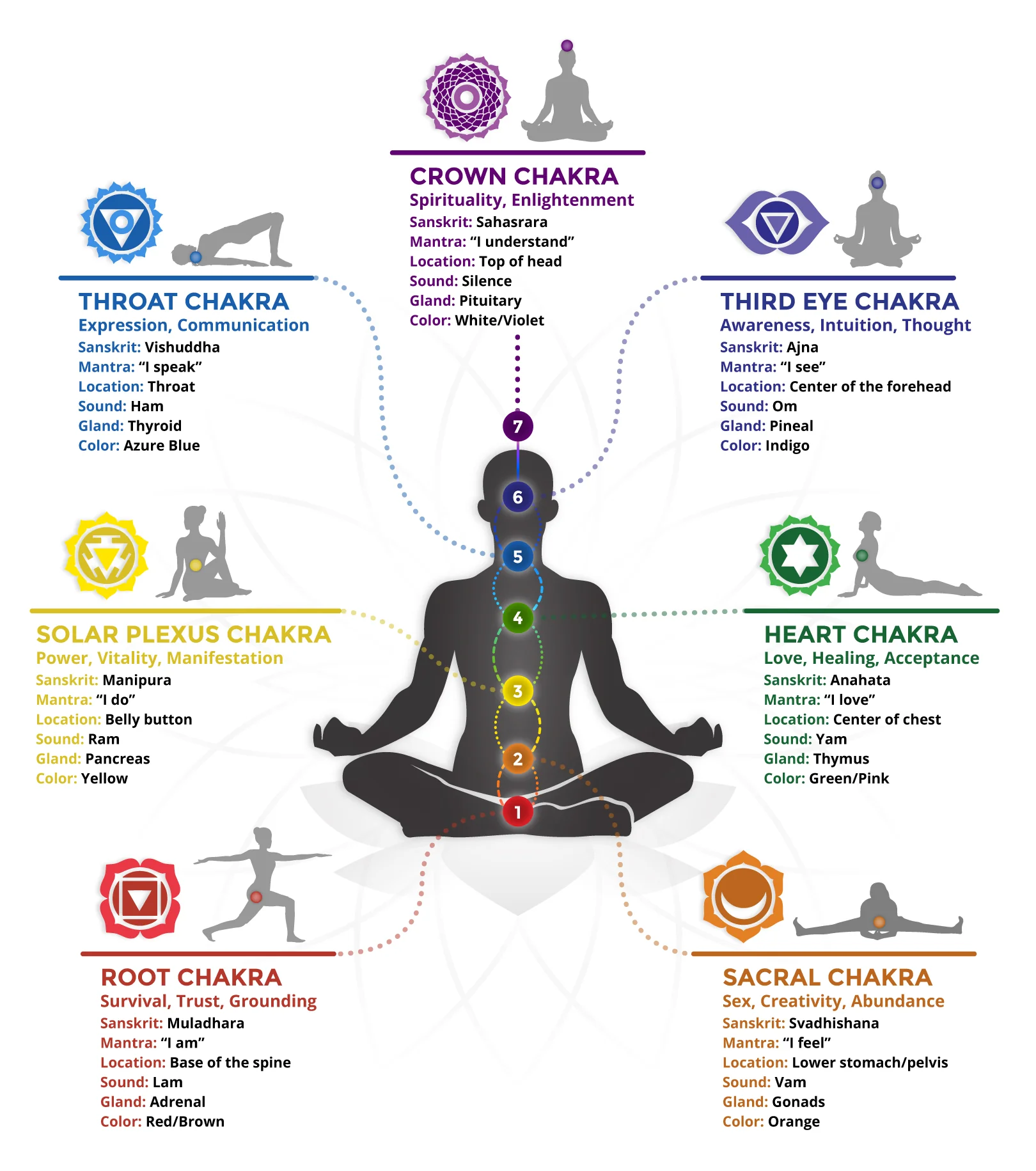
Kundalini, often described as a coiled serpent at the base of the spine, is a central concept in yogic traditions, representing a powerful spiritual energy that lies dormant within every individual. When awakened, this energy is said to rise through the chakras, leading to profound spiritual experiences, heightened awareness, and ultimately, a state of enlightenment. This article explores the concept of Kundalini, its significance in yogic traditions, and the methods used to safely awaken and harness this transformative energy.
Understanding Kundalini Energy
- Shakti: Kundalini is considered to be a manifestation of Shakti, the divine feminine energy that is believed to be the creative force behind the universe.
- Serpent Power: The term “Kundalini” comes from the Sanskrit words “kundal,” meaning “coiled,” and “ini,” meaning “she who is coiled.” This refers to the visualization of Kundalini as a serpent coiled at the base of the spine, waiting to be awakened.
- Chakras: As Kundalini energy rises through the spine, it is believed to pass through the seven main chakras, each associated with specific qualities and aspects of human experience. The awakening of Kundalini is said to purify and balance these energy centers.
Kundalini Awakening in Yogic Traditions
- Hatha Yoga: Traditional Hatha Yoga practices, such as asanas (postures), pranayama (breathing techniques), and bandhas (energy locks), are designed to prepare the body and mind for the safe awakening of Kundalini energy.
- Tantra: Tantric traditions often focus on the cultivation and awakening of Kundalini through specific rituals, meditations, and energy practices, with the goal of achieving spiritual liberation and union with the divine.
- Kriya Yoga: Kriya Yoga, a spiritual path popularized by Paramahansa Yogananda, includes techniques specifically designed to awaken Kundalini energy and accelerate spiritual growth.
Methods for Awakening Kundalini
- Meditation: Specific meditation practices, such as Kundalini meditation or chakra meditation, can help to stimulate and awaken Kundalini energy.
- Pranayama: Breathing techniques, such as Kapalabhati (Breath of Fire) and Bhastrika (Bellows Breath), are believed to generate heat in the body and activate Kundalini.
- Mantra: The repetition of specific mantras, such as the Kundalini mantra “Ong Namo Guru Dev Namo,” is thought to resonate with the frequency of Kundalini energy and promote its awakening.
- Shaktipat: In some traditions, a spiritual teacher or guru may transmit Kundalini energy to a student through a process called Shaktipat, which can catalyze a Kundalini awakening.
It’s crucial to approach the awakening of Kundalini with caution and respect, as the experience can be intense and transformative. Premature or unguided Kundalini experiences can lead to physical, emotional, and spiritual challenges, often referred to as “Kundalini syndrome.”
Seeking the guidance of a qualified teacher or spiritual mentor is highly recommended for those interested in exploring Kundalini energy. A knowledgeable guide can provide personalized instruction, support, and guidance to ensure a safe and meaningful Kundalini awakening process.
Ultimately, the Kundalini experience is a deeply personal and transformative journey that has the potential to awaken individuals to their true nature and connect them with the divine. By approaching this powerful energy with reverence, humility, and an open heart, seekers may discover a path to profound spiritual growth, self-realization, and inner peace.
Want to talk to someone about Kundalini? Email Alice. \
Mystics and Gurus






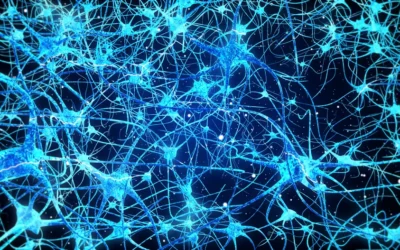





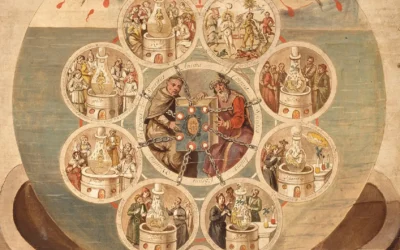




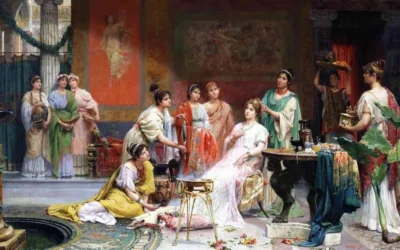
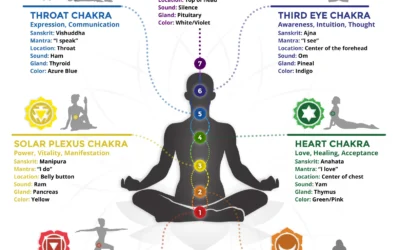


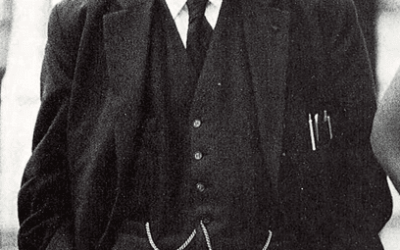
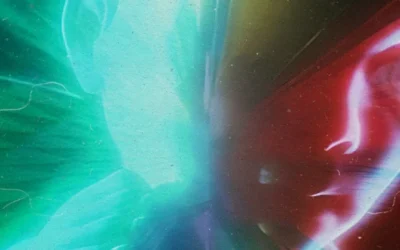

0 Comments